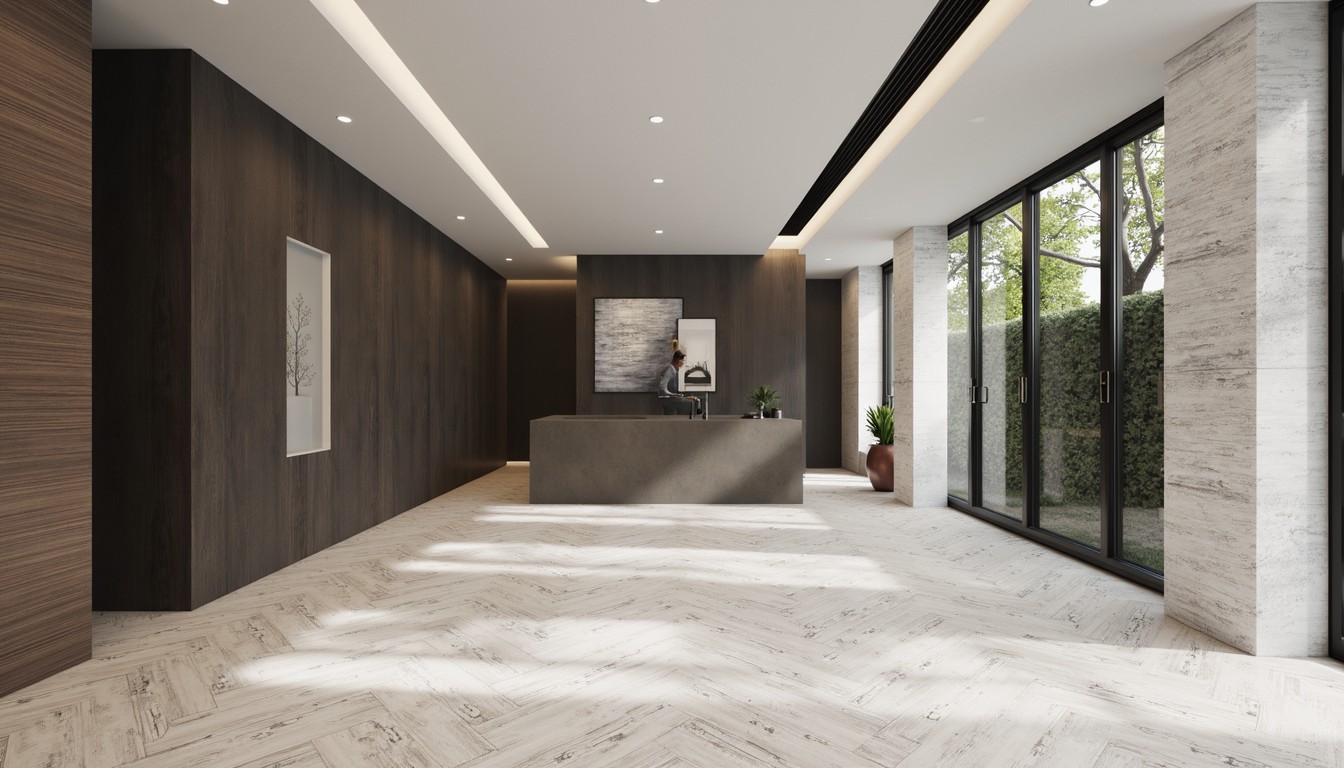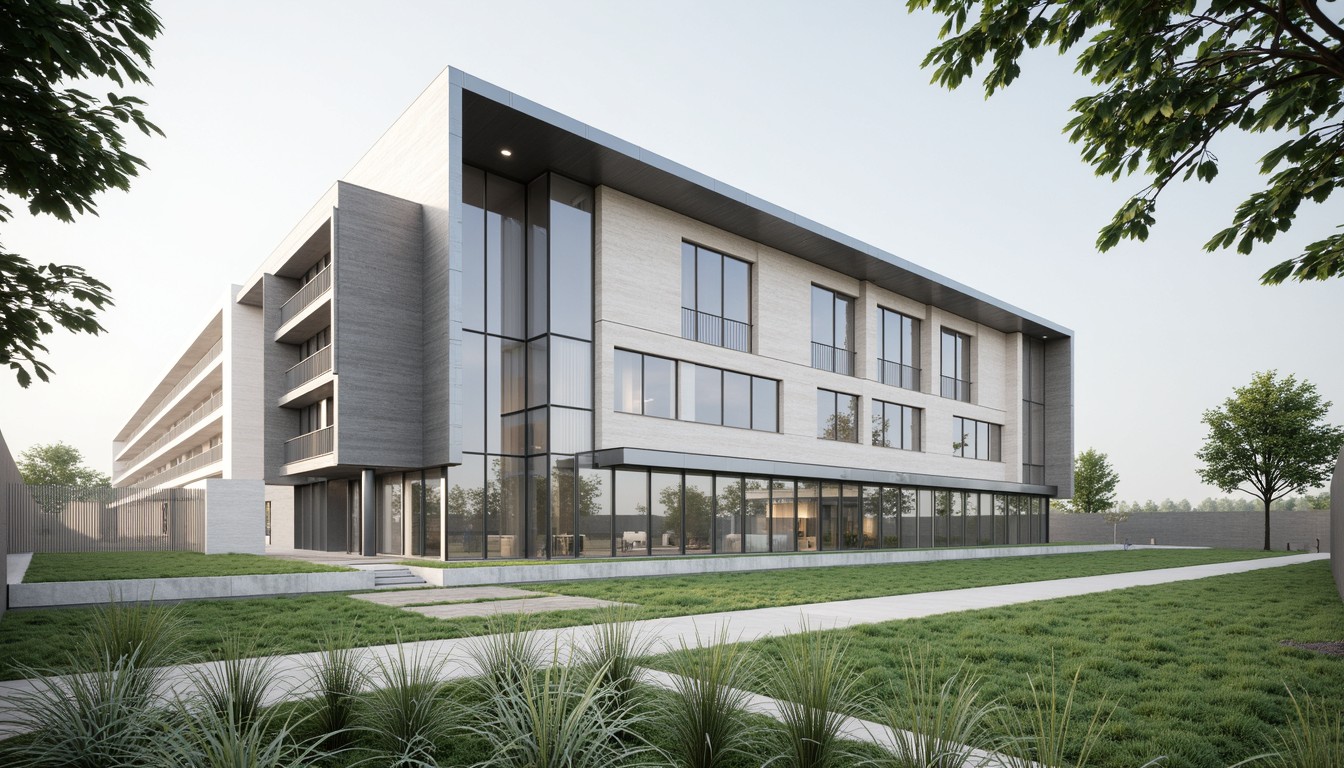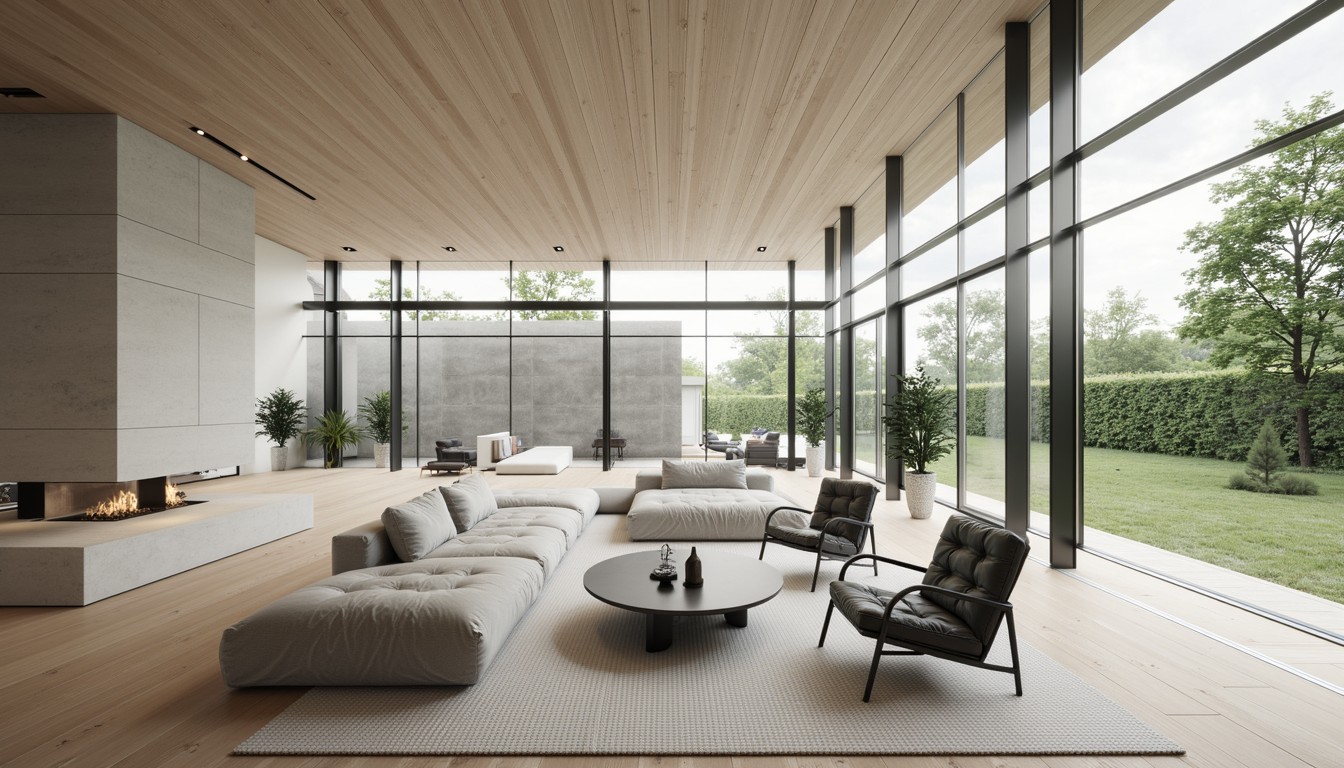Sustainable Architecture: Green Building Technologies & Design
The construction industry is a significant contributor to global carbon emissions. However, a growing awareness of environmental responsibility is driving a shift towards sustainable architecture, incorporating green building technologies and eco-conscious design principles. This approach minimizes the environmental impact of buildings throughout their lifecycle, from construction to demolition.
Key Principles of Sustainable Architecture

Sustainable architecture isn't just about slapping solar panels on a building; it's a holistic approach encompassing several key principles:
- Energy Efficiency: Minimizing energy consumption through passive design strategies and renewable energy sources.
- Water Conservation: Reducing water usage through efficient fixtures, rainwater harvesting, and greywater recycling.
- Material Selection: Prioritizing sustainable and locally sourced materials with low embodied carbon.
- Waste Reduction: Minimizing construction waste through careful planning and efficient material utilization.
- Indoor Environmental Quality: Creating healthy and comfortable indoor environments with good ventilation and natural light.
- Site Selection and Planning: Choosing appropriate sites and designing buildings that minimize their impact on the surrounding environment.
Green Building Technologies: Innovations in Sustainable Design

Numerous innovative technologies are transforming how we design and construct sustainable buildings. Let's explore some key examples:
1. Passive Design Strategies
Passive design focuses on harnessing natural resources to minimize energy consumption. This includes:
- Natural Ventilation: Utilizing strategically placed windows and vents to create natural airflow.
- Daylighting: Maximizing natural light to reduce reliance on artificial lighting.
- Solar Orientation: Optimizing building orientation to maximize solar gain in winter and minimize it in summer.
- Thermal Mass: Using materials with high thermal mass to store and release heat, regulating indoor temperatures.
2. Renewable Energy Technologies
Integrating renewable energy sources is crucial for reducing a building's carbon footprint. Common technologies include:
- Photovoltaic (PV) Panels: Generating electricity from sunlight.
- Solar Thermal Collectors: Heating water using solar energy.
- Wind Turbines: Generating electricity from wind power (suitable for larger projects).
- Geothermal Energy: Utilizing the earth's stable temperature for heating and cooling.
3. Sustainable Building Materials
Choosing eco-friendly materials significantly reduces the embodied carbon of a building. Examples include:
- Recycled Materials: Utilizing recycled steel, wood, and other materials.
- Bio-based Materials: Employing materials derived from renewable resources like bamboo, hemp, and straw.
- Locally Sourced Materials: Reducing transportation costs and emissions by using locally available materials.
- Cross-Laminated Timber (CLT): A strong and sustainable alternative to concrete and steel.
4. Smart Building Technologies
Smart building technologies enhance energy efficiency and optimize building performance through data analysis and automation. This includes:
- Building Management Systems (BMS): Monitoring and controlling various building systems to optimize energy use.
- Smart Lighting Systems: Adjusting lighting levels based on occupancy and daylight availability.
- Smart Thermostats: Learning user preferences and adjusting temperatures accordingly.
5. Water Management Systems
Efficient water management is key to sustainable building design. This includes:
- Low-flow Fixtures: Reducing water consumption in toilets, showers, and faucets.
- Rainwater Harvesting: Collecting rainwater for irrigation and non-potable uses.
- Greywater Recycling: Reusing wastewater from showers and sinks for irrigation.
ArchNav: Visualizing the Future of Sustainable Architecture
ArchNav specializes in creating stunning and accurate architectural visualizations. We understand the importance of showcasing sustainable design features effectively. Our expertise in rendering and animation allows clients to present their green building projects in a compelling and informative way, attracting investors and stakeholders. We can highlight the unique features of sustainable designs, from passive solar elements to renewable energy systems, making the environmental benefits clear and engaging. Contact us today to discuss your next sustainable architecture project.
